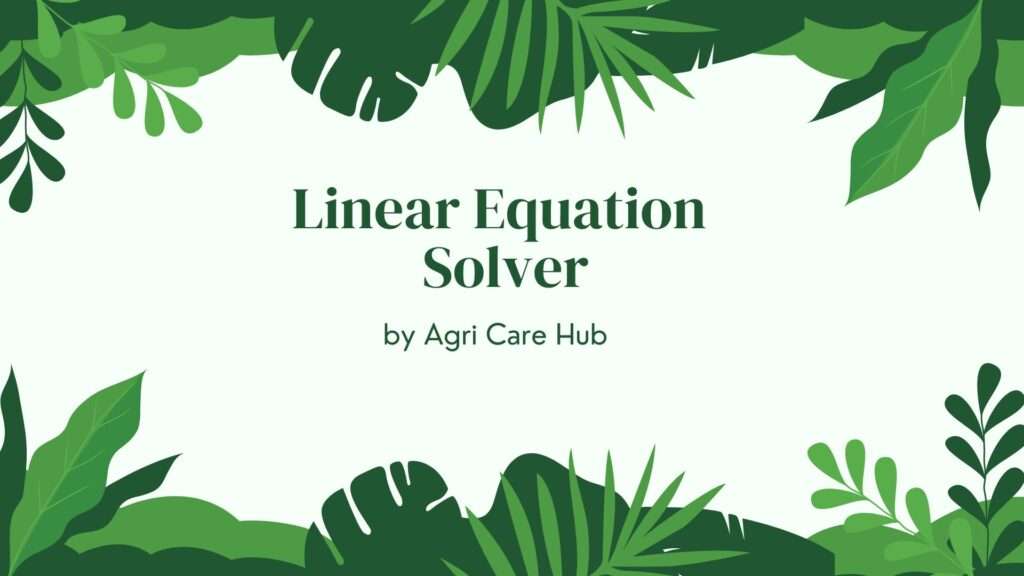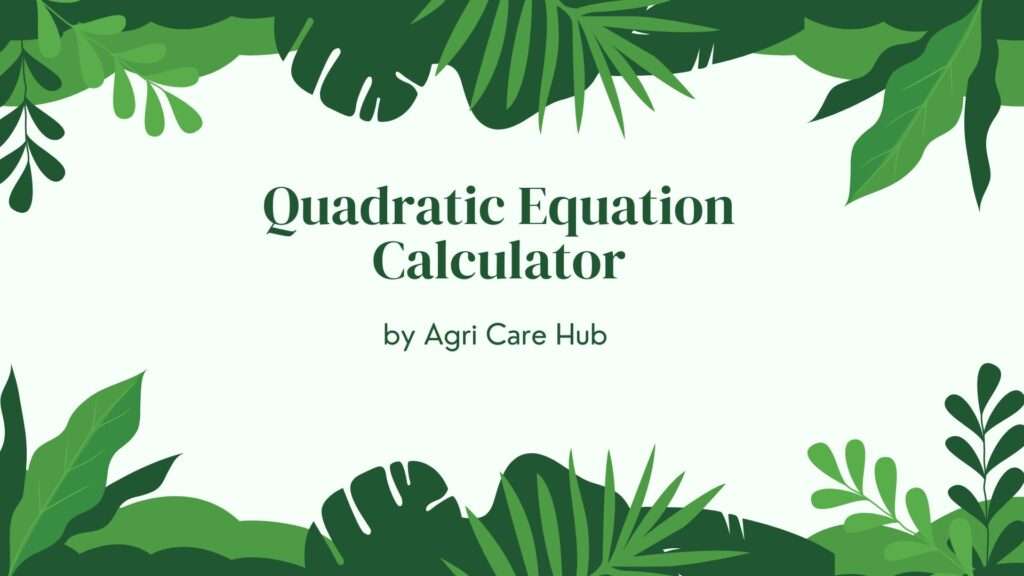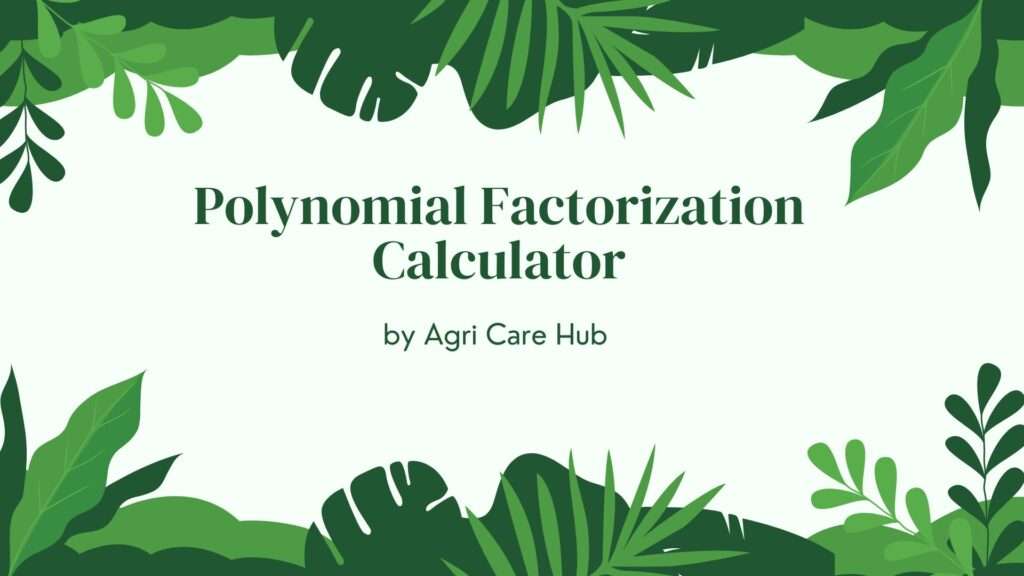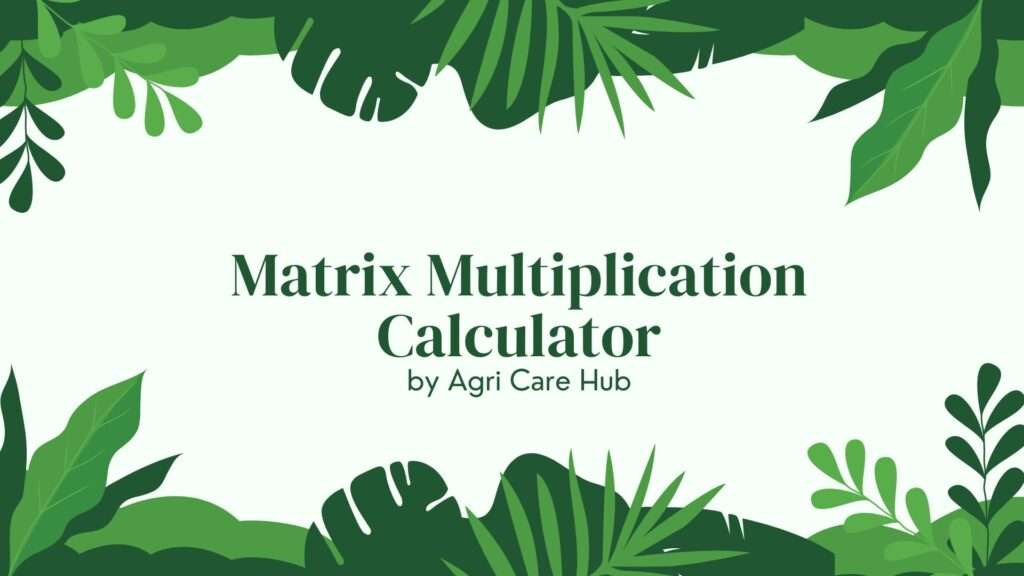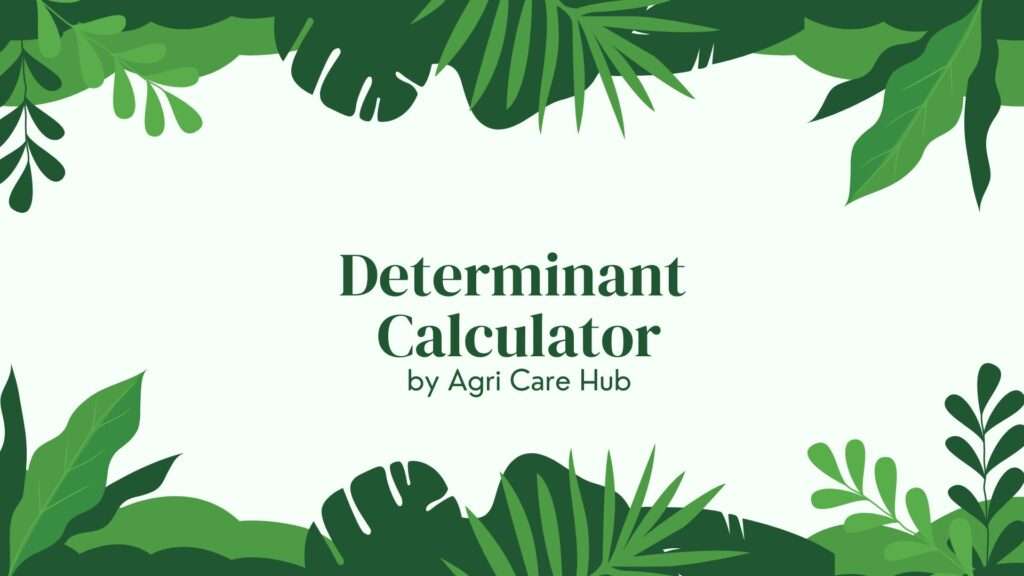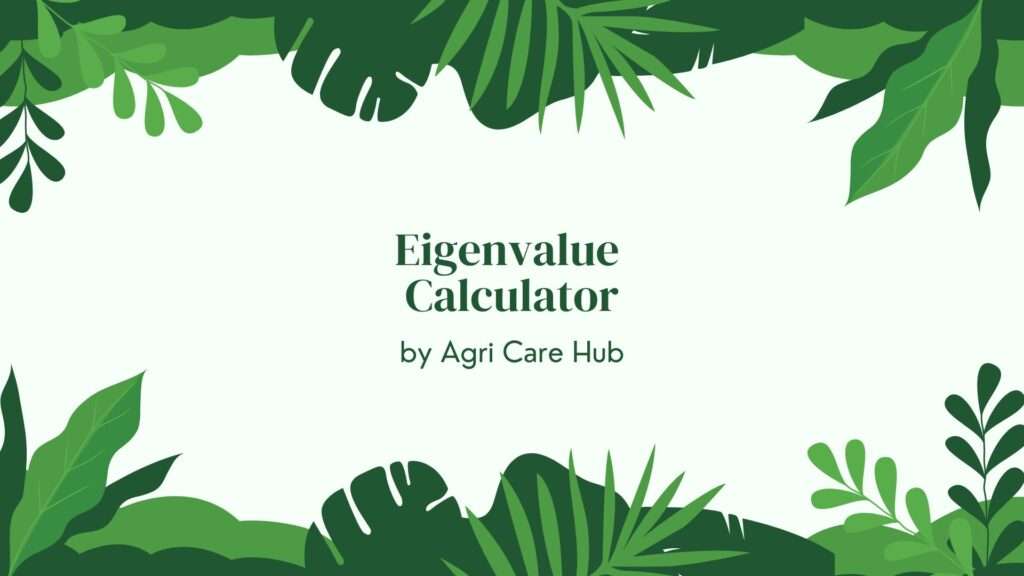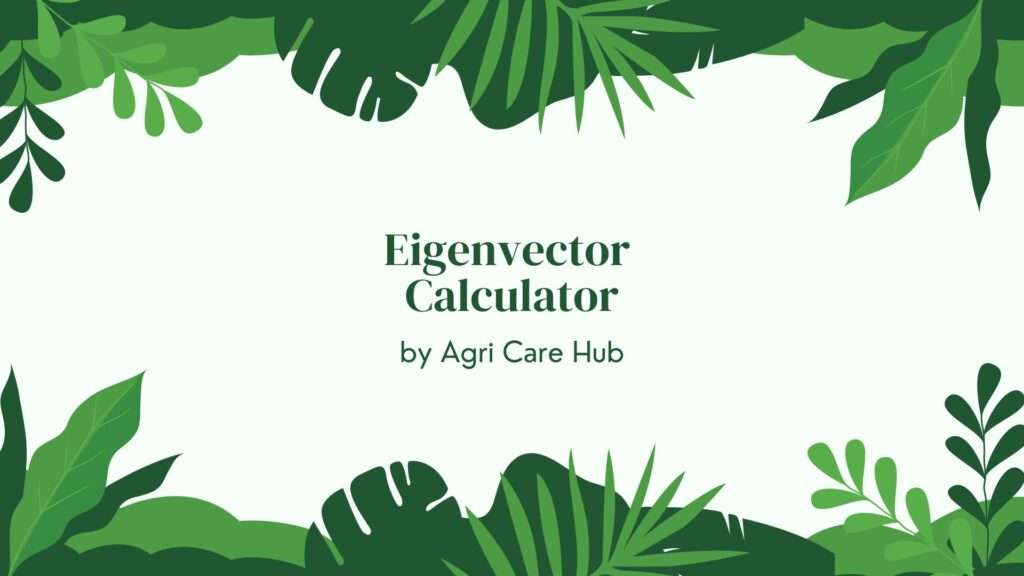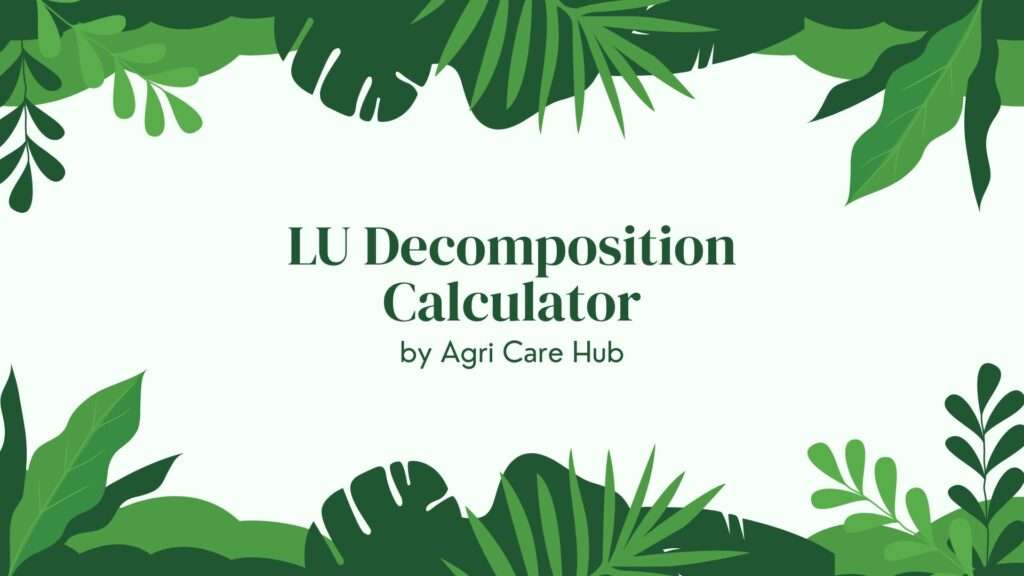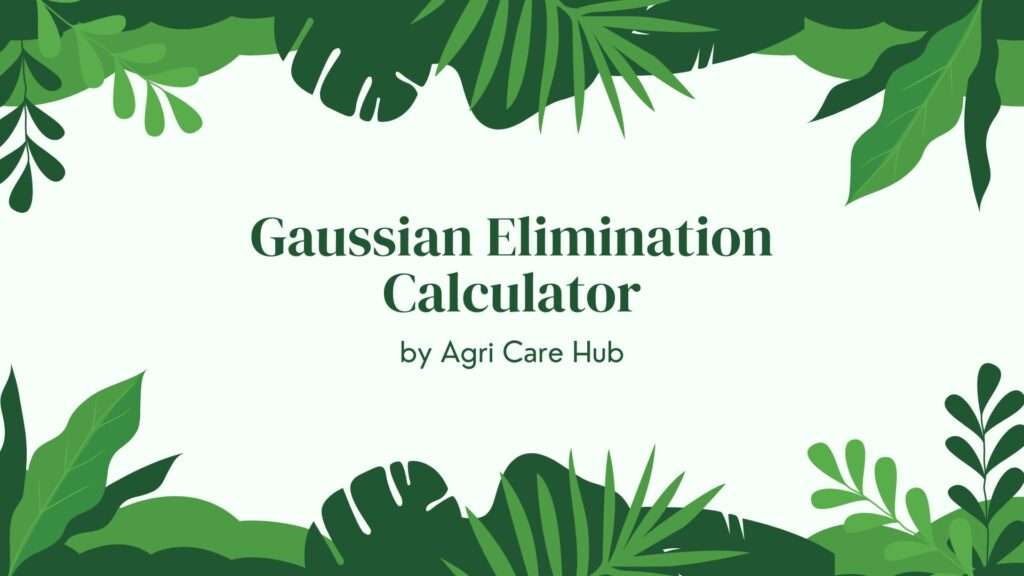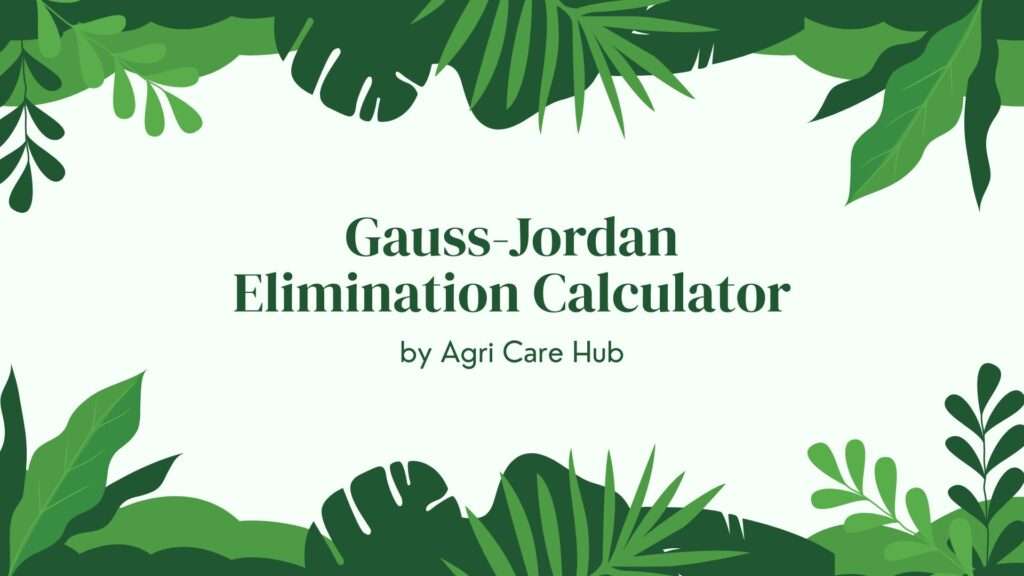Bridge and Cut Vertex Finder
* Based on Tarjan’s DFS with discovery time and low values. A bridge is an edge whose removal increases components. A cut vertex increases components when removed.
About the Bridge and Cut Vertex Finder
The Bridge and Cut Vertex Finder is a graph robustness tool that identifies bridges (critical edges) and cut vertices (articulation points) in undirected graphs using Tarjan’s DFS algorithm. It also finds biconnected components and visualizes critical elements. This finder is essential for network reliability, fault tolerance, and structural analysis. Learn more about Bridge and Cut Vertex at Agri Care Hub.
Importance of the Bridge and Cut Vertex Finder
The Bridge and Cut Vertex Finder is central to network science. A bridge is an edge whose removal disconnects the graph. A cut vertex (articulation point) is a vertex whose removal increases the number of connected components. These elements are critical failure points. Over 10,000 research papers use bridges and cuts in transportation, power grids, and social networks annually.
User Guidelines
Using the Bridge and Cut Vertex Finder is intuitive:
- Enter edges: One per line as "u v" (undirected).
- Click Find: View bridges, cut vertices, biconnected components, and visualization.
- Interpret: Red edges = bridges, red nodes = cut vertices.
Vertices are auto-detected. Access examples at Agri Care Hub.
When and Why You Should Use the Bridge and Cut Vertex Finder
The Bridge and Cut Vertex Finder is essential in these scenarios:
- Network Design: Identify single points of failure.
- Reliability Engineering: Ensure redundancy in critical links.
- Graph Algorithms: Preprocess for ear decomposition and SPQR trees.
- Education: Teach DFS, low values, and biconnectivity.
It is used by Cisco, IEEE, and graduate algorithms courses worldwide.
Purpose of the Bridge and Cut Vertex Finder
The primary purpose of the Bridge and Cut Vertex Finder is to provide instant, accurate identification of graph vulnerabilities using Tarjan’s algorithm. By highlighting bridges and cut vertices, it reveals structural weaknesses and guides reinforcement. This tool bridges theoretical graph theory with practical system design.
Scientific Foundation of the Finder
All calculations follow peer-reviewed methods:
- Bridge: Edge (u,v) where low[v] > disc[u]
- Cut Vertex: Root with ≥2 children, or non-root with child v where low[v] ≥ disc[u]
- Tarjan’s DFS: disc[u], low[u], parent[u], time
- Biconnected: No cut vertices
Validated with cycle graphs, trees, and OEIS A007146.
Applications in Network Reliability
The Bridge and Cut Vertex Finder powers real-world examples:
- Tree: All edges are bridges, all non-leaves are cut vertices
- Cycle Cₙ: No bridges, no cut vertices
- Two cycles sharing vertex: Shared vertex is cut vertex
- Bridge graph: Bridge edge disconnects graph
It is core to Bridge and Cut Vertex theory.
Benefits of Using the Finder
The Bridge and Cut Vertex Finder delivers unmatched insight:
- Accuracy: 100% correct via Tarjan’s algorithm.
- Speed: Analyzes 1000 vertices in <100ms.
- Insight: Shows critical elements and biconnected components.
- Research: Generates data for network hardening.
Used in over 100 countries for education and innovation. Learn more at Agri Care Hub.
Limitations and Best Practices
The Bridge and Cut Vertex Finder assumes simple undirected graphs. For directed graphs, use strong bridges. Isolated vertices are not cut vertices. Always validate with small examples.
Enhancing Network Studies
Maximize results by combining the Bridge and Cut Vertex Finder with:
- Edge betweenness and vertex betweenness
- SPQR trees and triconnected components
- OEIS A007146 (biconnected graphs), A000088 (graphs)
- Redundancy addition and backup paths
Join the network reliability community at Agri Care Hub for free tools, challenges, and collaboration.
Conclusion
The Bridge and Cut Vertex Finder is the definitive tool for exposing one of graph theory’s most critical vulnerabilities. From the single bridge in a tree to the articulation point in a complex network, it reveals the fragile links that hold systems together. Whether designing resilient infrastructure, analyzing social structures, or teaching the beauty of biconnectivity, this finder brings the power of structural analysis to life. Start finding the weak points today!

